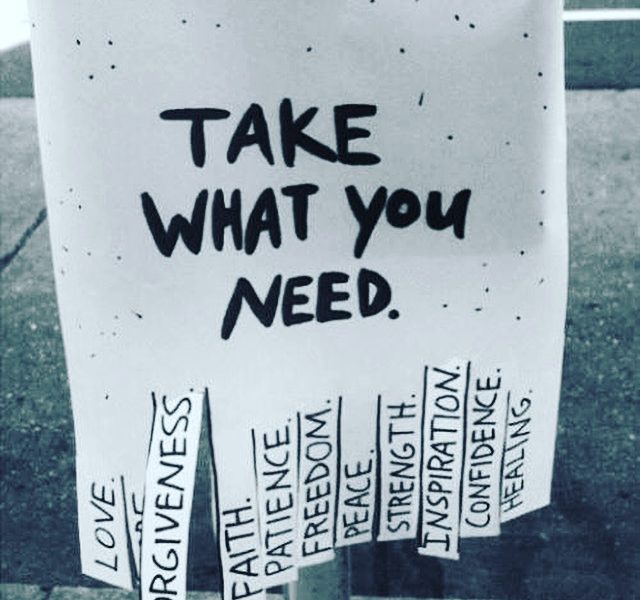Through 16 years of teaching yoga I’ve taught in a wide range of environments. In gyms, studios with mixed styles, studios featuring only one style, festivals outside and inside, large scale classes, corporate classes – where students are in their work clothes and socks, and of course private yoga. I’ve taught (and practiced) on grass, sand, carpet, stone, brick, and wood. Yet one environment still feels so challenging: a gym. That crossover of yoga to workout, real or perceived, exposes some interesting states of understanding about yoga, fitness, what a yoga class should do, and what’s expected from the student.
I’ve had loads of students walk out of my classes through the years and I’m fine with it. I’d much rather they find what they’re looking for, especially if they’re clear about what they’re looking for from yoga. However there seems to be a disconnect among beginner students that insist on coming to high level classes, or classes that are labeled level 2, or 2/3. There are a variety of reasons for this and of course, I don’t and can’t know them all. I get that many students have little time to fit practice in, and more often than not, time is the first gate to walk through when deciding to even practice on any given day. I really get that part. And also more often than not, its beginner students to yoga, or students returning to the practice after time away, that are making such decisions. As beginners or “returners” I could call them, yoga is not in their current schedule of things to do, they’re not regular at it yet, and they’re going to drop in based on whatever time they can squeeze it in. I’m glad people are discovering or re-discovering the practice of yoga. I’ll be of service to whoever comes to class. That is more than just my job, its my dharma.
What beginner students don’t realize when stepping into a high level class, even if they are fit or otherwise physically active, is that they make the job of the teacher of a public class exponentially harder to teach and harder to manage. I also know that some students don’t perceive themselves as beginners to yoga precisely because they’re fit in other areas. They cycle, run, climb, hike, swim, dance, pole dance, and have very active lives. In NYC just walking around the city and using the subways daily is likened to a fitness program. There are a lot of steps to climb, literally.
I also know that people come to yoga for so many different reasons. Fitness and a physical workout absolutely being one of them. There’s also desired feelings of relief from stress, releasing of anxiety, uplifting from inspiration, a return to faith, and overall sense of love for self that can come from practice, even if not perceived immediately as the desire to practice.
When I introduce myself to students new to me at the gym-like class which is labeled Level 2 vinyasa, I always ask how much yoga they have done. I remind them its a Level 2 class and that it will include challenges. I remind them that having 3-6 or even 10 classes under their belt does not necessarily mean they’re ready for a Level 2 vinyasa class. I remind them that they may not know at times what we’re doing, what they’re supposed to do, or what I’m saying. I remind them to err on the side of doing less, rather than doing more. I remind them that there are basics classes on the schedule that they may want to consider taking to learn the foundations. New students do not realize there’s something expected from them when they step into a high level class: a level of knowledge that shows up as a quality of ability.
To me, one hallmark of a consistent student is that they’ve made practicing a regular thing and they often carve their schedule around practice time, home or public class. Their mental state is usually more geared toward learning, in addition to getting something out of the practice.
Beginners are wonderful and wonderful to teach. They are often open, curious, and stare at the teacher in class like they’re afraid to miss something. Beginners don’t necessarily have a natural disposition toward internal awareness but maybe seek it, so they come to yoga. Beginners are vulnerable. Beginners try.
So why do some students seemingly have a mental block around being a beginner? Do they know they’re beginners? Do they know what they need?
I don’t think its inconceivable to expect that students have an understanding of yoga to a particular degree before entering a class that’s not labeled open or beginner. In Anusara we would state that for an Advanced Practice, students are asked to have the ability to kick up into handstand unassisted at the wall, sometimes with the added prerequisite of holding it for one minute unassisted, and also be able to do urdhva dhanurasana unassisted with straight arms. These prerequisites are high level ability, and many advanced postures are built on what these two requirements provide first.
I don’t think yoga is one size fits all, so classes are offered with levels to support this idea. I’ll repeat myself and say I think its great that beginners and “returners” are flooding classes, but I do believe in guiding them to the correct class to support their learning.
So another question is how do we better educate students at the beginner level about the importance of “levels”? Isn’t it natural to begin at the beginning, move through the necessary stages of advancement, with slow and steady incremental increases of information, action, knowledge, and even questions?
Maybe for some. Maybe for others they really just need to sweat it out. I’ll still welcome beginners to the Level 2 class, but I will not hesitate to move them to the back row, and guide them what to skip or modify.
